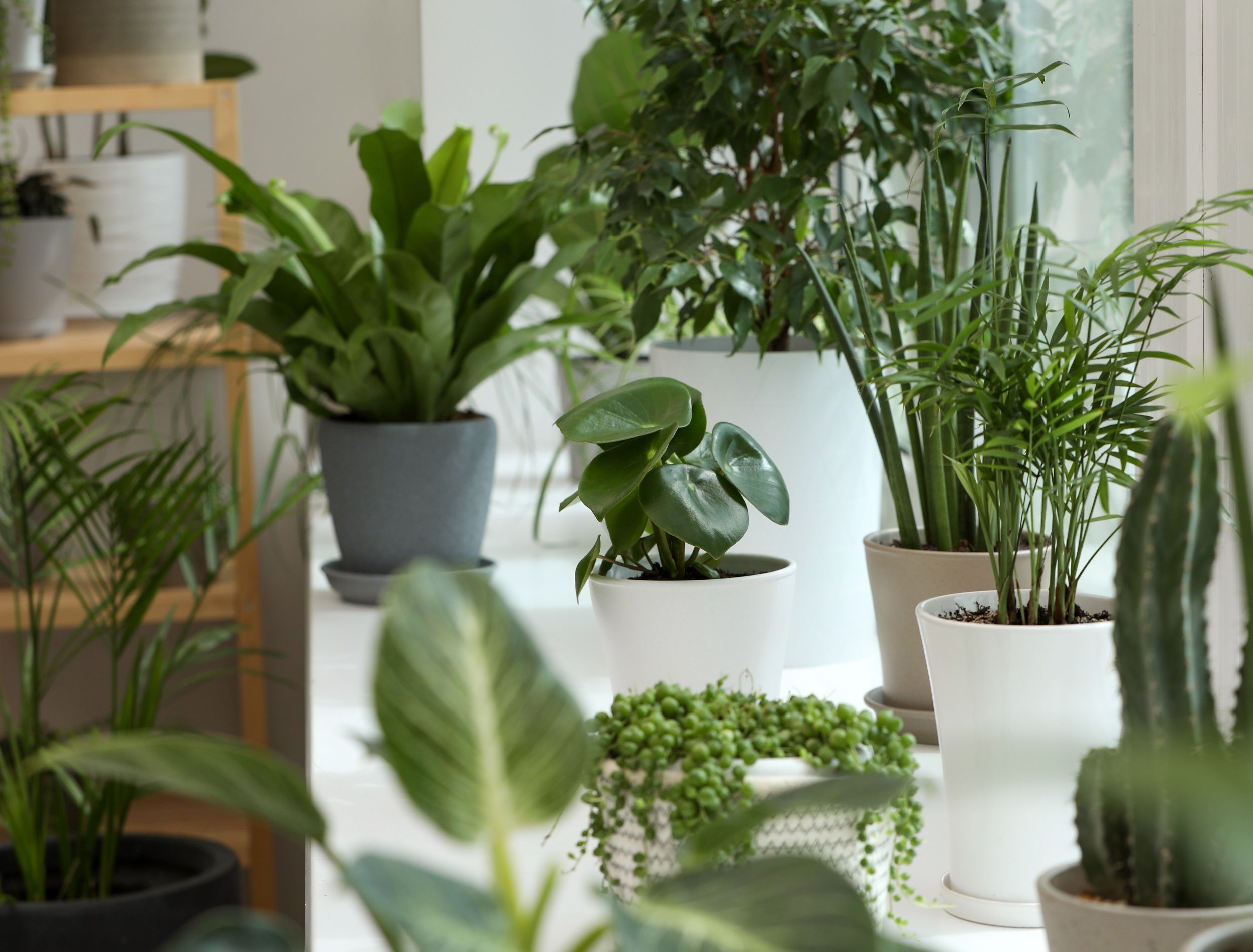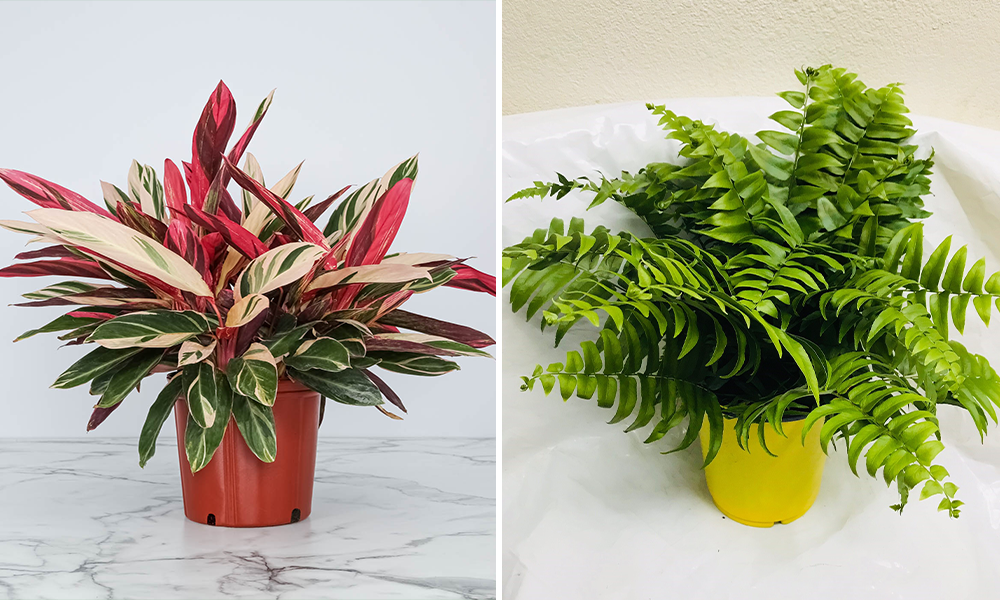Discover the Tricks of Low-Light Indoor Plants and How They Improve Your Setting
Low-light indoor plants have actually amassed boosting interest for their distinct ability to enhance both visual allure and ecological high quality within offices and homes. These resistant types, including the Serpent Plant and Peace Lily, not only grow in tough illumination conditions yet likewise play a critical role in air filtration and emotional health. Comprehending the specific advantages and treatment demands of these plants can considerably impact your home. As we check out the intricacies of their benefits, you may find insights that might transform your environments in unforeseen ways.
Advantages of Low-Light Indoor Plants
Although many individuals assume that interior plants call for abundant sunshine to thrive, low-light interior plants offer a multitude of advantages that make them perfect for various settings. One of the main benefits is their flexibility; they can flourish precede with restricted all-natural light, such as workplaces, cellars, or areas with tiny windows. This feature enables individuals to improve their surroundings with plant, adding to enhanced aesthetics without the need for comprehensive lights modifications.
In addition, low-light interior plants can significantly boost indoor air quality by filtering system unsafe contaminants and launching oxygen, making living rooms healthier. The existence of plants has been linked to greater sensations of peace and focus.
Additionally, low-light plants frequently require much less maintenance than their sun-loving counterparts, making them optimal for hectic people or those new to gardening. Their durability permits them to prosper with very little intervention, hence providing a fulfilling experience for plant lovers and amateurs alike. In summary, low-light interior plants offer both practical and visual objectives, making them important enhancements to any area.
Top Low-Light Plant Varieties
Low-light interior plants come in a range of varieties, each offering distinct features and benefits fit for dark atmospheres. Amongst one of the most prominent varieties is the Serpent Plant (Sansevieria), understood for its air-purifying capacities and architectural fallen leaves. This durable plant thrives on forget and can endure a wide variety of light conditions.
Another superb choice is the ZZ Plant (Zamioculcas zamiifolia), which features glossy, dark environment-friendly leaves and is extremely drought-tolerant. Its flexibility makes it a favorite for offices and homes with limited sunlight.
The Pothos (Epipremnum aureum) is also a top contender, with its tracking vines and heart-shaped leaves - Best low-light indoor plants. This flexible plant can be trained to climb or cascade, adding visual passion to any type of room
:max_bytes(150000):strip_icc()/eight-houseplants-that-thrive-in-low-light-3-0922-2000-6f95610b936648ce84ebb498a9b6d704.jpg)
Care Tips for Low-Light Plants
Looking after low-light interior plants calls for a nuanced understanding of their details needs to make sure optimum development and vigor. Initially, it is vital to choose the ideal potting mix, as a well-draining dirt is important to stop origin rot. A mix made for houseplants, frequently including peat moss and perlite, works well for imp source most low-light selections.
Watering is one more essential aspect of care. Low-light plants typically need less frequent watering compared to their sun-loving counterparts. It is advisable to inspect the leading inch of dirt; if it really feels dry, it's time to water. Overwatering can result in issues such as mold and origin degeneration.
Fertilization needs to be come close to with caution. Throughout the expanding season, a diluted fluid fertilizer can be applied monthly, however in wintertime months, many low-light plants get her explanation in inactivity and call for little to no fertilization.
Finally, it's important to occasionally cleanse the fallen leaves to eliminate dirt, permitting for far better light absorption. By adhering to these treatment suggestions, you can cultivate a growing setting for your low-light interior plants, boosting both their look and longevity.
Enhancing Air Quality With Plants
Indoor plants play a significant function in boosting air quality within homes and workplace rooms. Through the process of photosynthesis, these plants soak up carbon dioxide and release oxygen, adding to a much healthier environment. Additionally, specific low-light indoor plants possess the ability to filter hazardous contaminants, such as benzene, trichloroethylene, and formaldehyde, which are frequently discovered in interior atmospheres.

Furthermore, the presence of interior plants can enhance moisture levels, which aids ease completely dry skin and respiratory problems, further boosting overall health. This capability to enhance air quality not just advertises physical wellness but additionally supports psychological wellness.
Integrating low-light interior plants into your living and functioning rooms can cause a more stimulating and vivid setting (Best low-light indoor plants). Investing in these natural air cleansers is a basic yet effective approach for boosting indoor air quality and promoting a healthier way of life
Producing a Tranquil Indoor Space
The integration of plants into living areas not only enhances air high quality however likewise adds to a serene ambience. Low-light interior plants, such as serpent plants and pothos, are specifically reliable in developing a serene setting, as they prosper in conditions that may or else be unwelcoming for various other greenery. Their lush vegetation provides a calming visual, decreasing anxiety and advertising leisure.
Including these plants right into your office or home can evoke a feeling of tranquility and well-being. Purposefully placing them in locations where you spend significant time, such as living work areas or areas, permits an immersive experience with nature, which has been shown to enhance state of mind and cognitive function.
Furthermore, the gentle activity of fallen leaves in feedback to air flow can create a dynamic aesthetic aspect that enhances the total setting. Think read here about making use of a range of plant heights and structures to add deepness and passion to your space. With thoughtful positioning and treatment, low-light interior plants can change any kind of area right into a serene sanctuary, fostering not only visual contentment yet mental and likewise emotional wellness.

Final Thought
Incorporating low-light interior plants right into different settings yields significant benefits, consisting of improved air top quality and enhanced aesthetic allure. The transformative power of low-light plants emphasizes their value in boosting both residential and job-related setups.
Although numerous individuals presume that indoor plants call for plentiful sunlight to grow, low-light interior plants provide a multitude of advantages that make them excellent for different settings.Additionally, low-light indoor plants can dramatically enhance interior air high quality by releasing and filtering system damaging toxins oxygen, making living areas healthier. Additionally, particular low-light indoor plants have the capability to filter hazardous toxins, such as formaldehyde, benzene, and trichloroethylene, which are generally discovered in interior environments.
Low-light interior plants, such as snake plants and pothos, are particularly effective in developing a calm atmosphere, as they flourish in problems that may otherwise be inhospitable for various other greenery.Incorporating low-light interior plants right into various atmospheres returns substantial benefits, consisting of improved air top quality and boosted visual appeal.